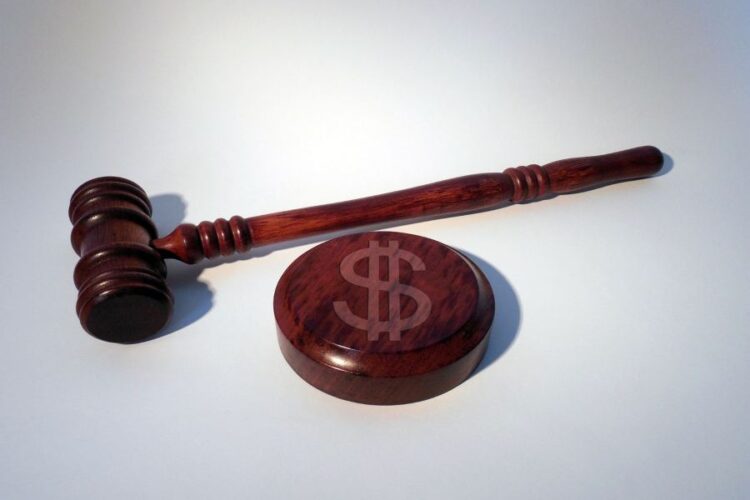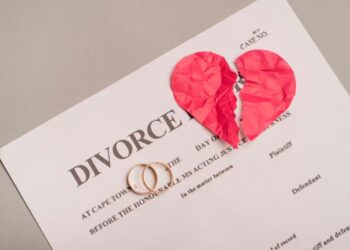Wrongful death claims are some of the most emotionally taxing and complex legal proceedings. When a loved one’s life is taken due to the negligence or misconduct of another party, it is not only a traumatic experience but also one that raises a multitude of questions regarding compensation and justice. Determining the value of a wrongful death claim is crucial in ensuring that surviving family members receive the compensation they are entitled to.
This process involves a detailed analysis of various factors, ranging from economic losses to non-economic damages. In this guide, we will explore the key elements that help calculate the value of a wrongful death claim, providing a comprehensive overview of the steps involved and the important aspects to consider.
Understanding the Key Factors in Wrongful Death Valuation
The value of a wrongful death claim is determined by assessing both tangible and intangible losses experienced by the surviving family members. The main factors that influence this calculation include:
-
Economic Losses
Economic damages are the financial losses that result from the decedent’s death. Damages include lost income, the cost of funeral expenses, and other financial contributions the deceased would have made to the family.
- Lost Future Earnings: One of the most significant factors in calculating the value of a wrongful death claim is the projected future earnings of the deceased. The court will consider the deceased’s career, earning potential, age, education, and life expectancy to estimate the income they would have earned had they lived.
- Contribution to Household: If the decedent contributed financially to the household, this would also be included in the economic damages calculation. Lost contributions include contributions to household chores, childcare, and other non-monetary duties that the family relied upon.
- Medical and Funeral Expenses: The cost of medical treatment before death, as well as funeral and burial expenses, are included in the calculation of economic damages. These costs are generally easier to document and form a clear part of the claim.
-
Non-Economic Losses
Non-economic damages address the emotional and psychological toll the wrongful death has on the survivors. These losses can be difficult to quantify, but they play a crucial role in ensuring the family members are compensated for their grief, suffering, and loss of companionship.
- Loss of Consortium: This refers to the emotional and physical companionship that the surviving spouse or partner loses as a result of the decedent’s death. Consortium includes the loss of love, affection, and sexual intimacy that was once part of the relationship.
- Pain and Suffering: The pain and suffering experienced by the surviving family members is often one of the most debated aspects in wrongful death cases. While these damages cannot be precisely calculated, the court will look at the depth of the relationship between the survivors and the deceased, as well as the emotional distress caused by the death.
- Mental Anguish: The profound grief and mental suffering caused by the wrongful death can also be factored into the compensation. Mental pain includes feelings of sorrow, depression, anxiety, and the overall toll on the survivor’s mental health.
The Role of State Laws in Wrongful Death Claims
Each state has its own set of laws governing wrongful death claims, and these laws can significantly impact the value of the claim. States typically set limits on the types of damages that can be awarded. In some jurisdictions, there are caps on non-economic damages like pain and suffering—additionally, certain states limit who can file a wrongful death claim. In many states like Texas, the decedent’s spouse, children, or parents are eligible to pursue a claim, but the specific legal standing varies by state.
Some states also allow for punitive damages in wrongful death cases. These damages are meant to punish the wrongdoer for particularly egregious or reckless behavior and are separate from the compensatory damages mentioned above. The presence of punitive damages can substantially increase the value of a wrongful death claim.
How to Estimate Future Losses in a Wrongful Death Case
To estimate the future losses in a wrongful death case, it is essential to rely on expert testimony and specialized calculations. Economists, life planners, and actuaries are often called upon to protect the deceased’s future earnings based on their current income, career trajectory, and economic conditions at the time of death.
- Earnings Projections: These projections involve assessing the deceased’s income at the time of death, considering any potential raises, promotions, or advancements in their career. The analysis will also take into account inflation, industry growth, and other factors that might influence their future earnings.
- Life Expectancy: Life expectancy plays a critical role in determining the duration of lost earnings. If the decedent were younger and had a long life expectancy, the future financial loss would likely be higher. Conversely, if the deceased was near retirement age, the estimated future loss may be lower.
- Discounting Future Earnings: Future earnings are typically adjusted for the time value of money, meaning they are “discounted” to account for inflation and the time it takes for money to accumulate. Present value estimates ensure that the compensation awarded is accurate and reflects the current economic value of those future earnings.
The Impact of Comparative Fault on the Wrongful Death Claim
In some cases, the decedent may share some responsibility for the incident that led to their death. Many states operate under comparative fault or contributory negligence principles, which can reduce the amount of compensation a family can recover. In a comparative fault jurisdiction, the decedent’s actions will be weighed against those of the defendant, and any negligence by the deceased may reduce the overall value of the claim.
For example, if the decedent was partially responsible for the accident that led to their death, the damages awarded may be reduced by their percentage of fault. In a contributory negligence state, if the decedent was even slightly responsible for the accident, the claim may be barred entirely.
Calculating Pain and Suffering in Wrongful Death Cases
Unlike economic damages, pain and suffering are subjective and harder to quantify. However, they are often a major component of a wrongful death claim. Courts will consider the depth of the relationship between the decedent and the survivors, the nature of the wrongful act, and the emotional toll caused by the death.
- Multiplier Method: One common method of calculating pain and suffering damages is the multiplier method. In this approach, a multiplier (typically between 1.5 and 5) is applied to the total economic damages to determine the value of non-economic damages. The multiplier depends on factors such as the severity of the loss and the emotional distress experienced by the survivors.
- Per Diem Method: Another method involves assigning a daily value to the deceased’s life, which is then multiplied by the number of days the surviving family members are expected to suffer due to the loss. This method is less commonly used but can be effective in cases where specific emotional losses need to be quantified.
Factors that Can Influence the Final Wrongful Death Settlement Amount
While all the factors discussed above help establish the potential value of a wrongful death claim, the final settlement amount can be influenced by several other elements, including:
- The Strength of the Evidence: The more compelling the evidence supporting the wrongful death claim, the higher the likelihood of a favorable settlement. Strong evidence can include eyewitness testimony, expert analysis, and physical evidence that proves liability.
- The Defendant’s Insurance Coverage: The insurance policy limits of the defendant can impact the value of the settlement. Even if the damages are calculated to be high, the available insurance coverage may limit the compensation that can be obtained.
- Negotiation Skills: The ability of the wrongful death lawyer to negotiate effectively with the defendant or their insurance company can significantly influence the final settlement. Skillful negotiation can lead to a higher settlement than what is initially offered. Find a wrongful death lawyer in Houston to evaluate your case if you live in Texas.
- Emotional and Psychological Impact on the Survivors: The more profound the emotional impact on the survivors, the higher the non-economic damages are likely to be. Courts and insurance companies are often sensitive to the psychological suffering caused by the loss of a loved one.
Conclusion: Ensuring Fair Compensation for Wrongful Death
A thorough evaluation of both economic and non-economic damages determines the value of a wrongful death claim. By considering lost income, medical and funeral expenses, pain and suffering, and other key factors, families can ensure they are compensated fairly for their loss. While the process can be complex, it is vital to consult with experienced wrongful death attorneys to ensure that all aspects of the claim are properly addressed. With the right legal support, families can achieve justice and the financial compensation they deserve for their tragic loss.










